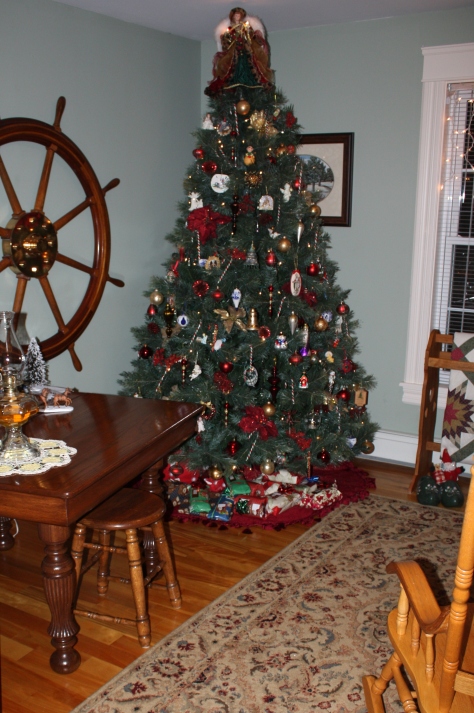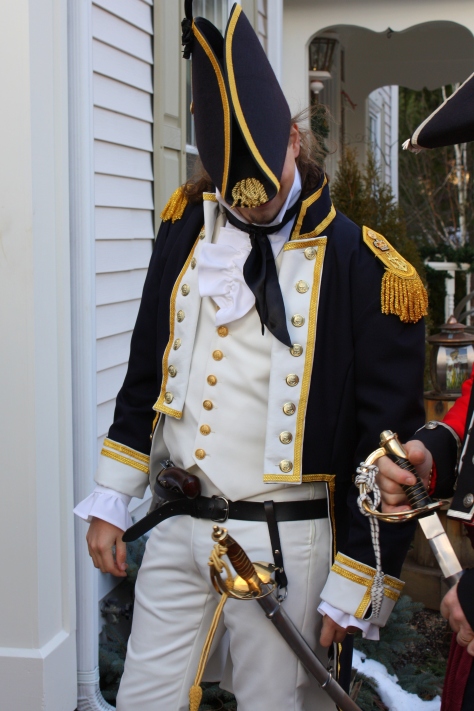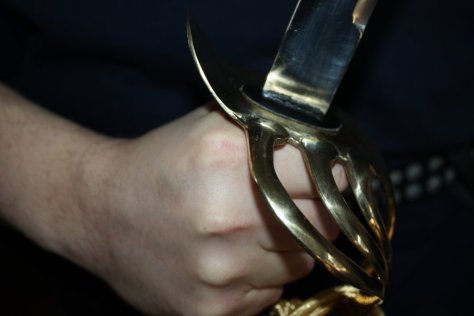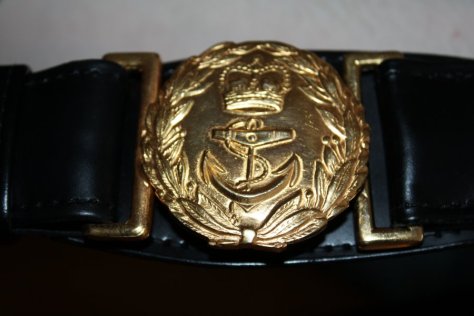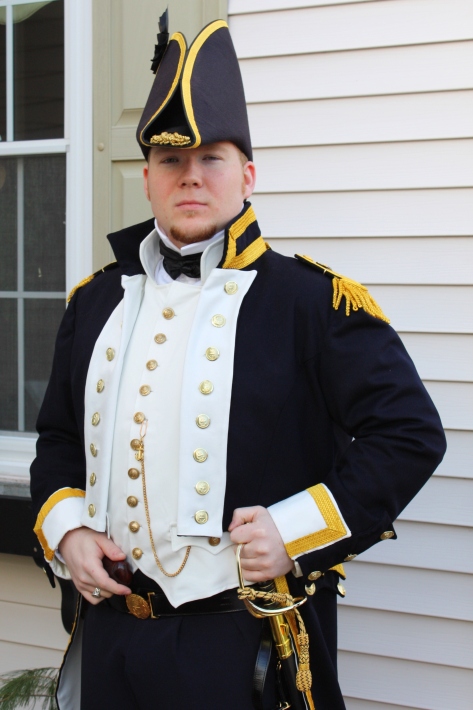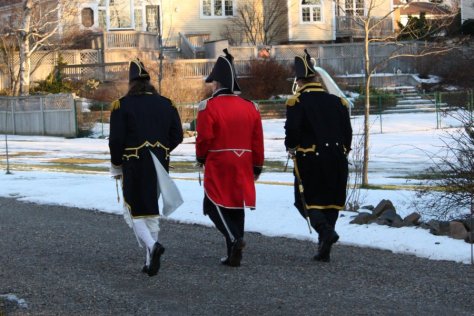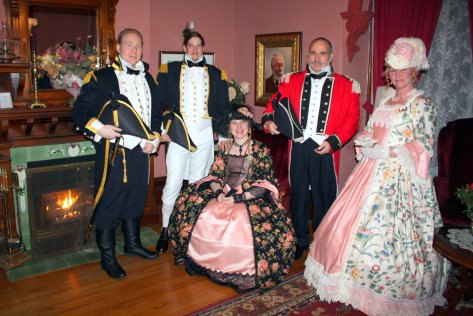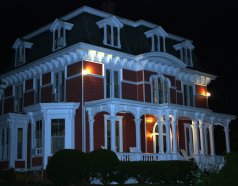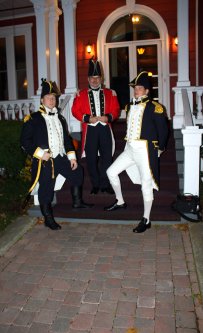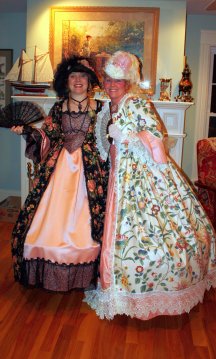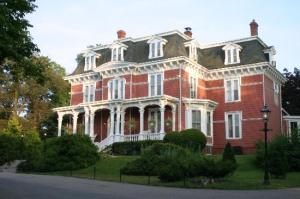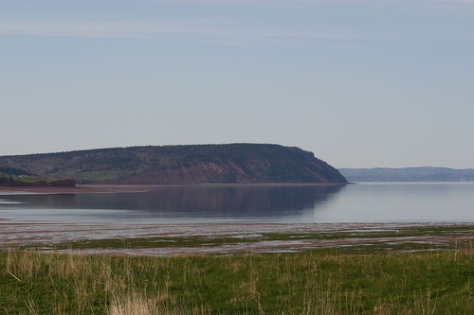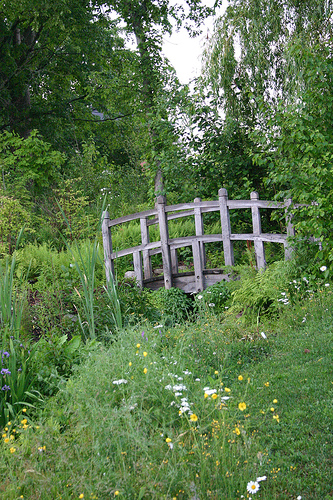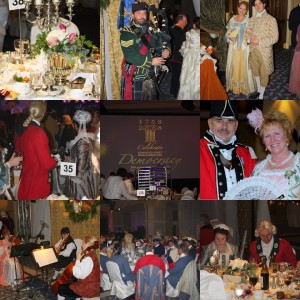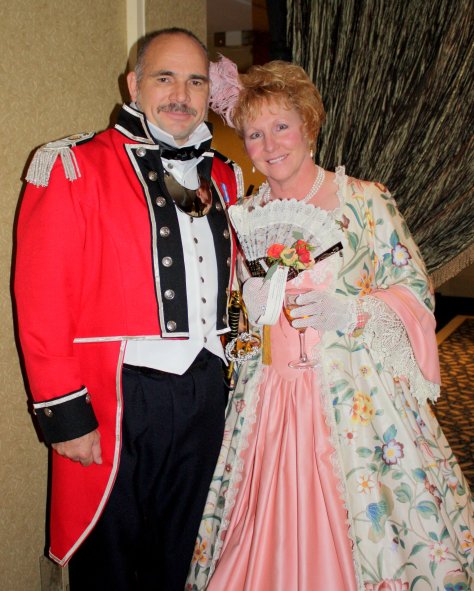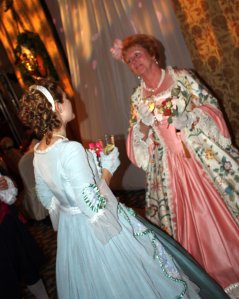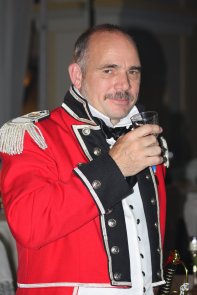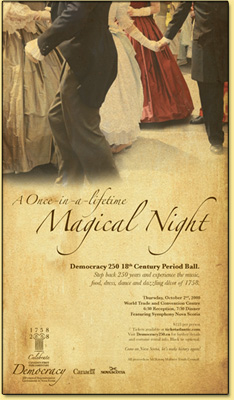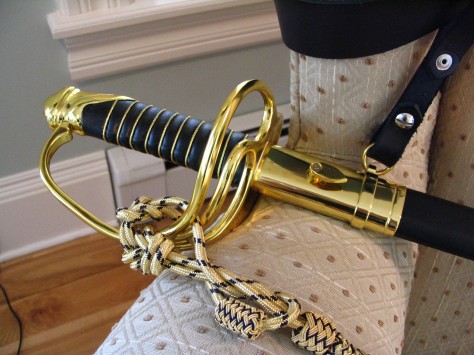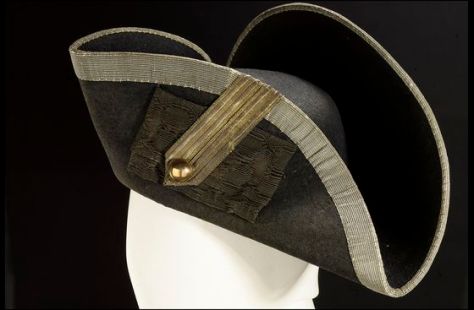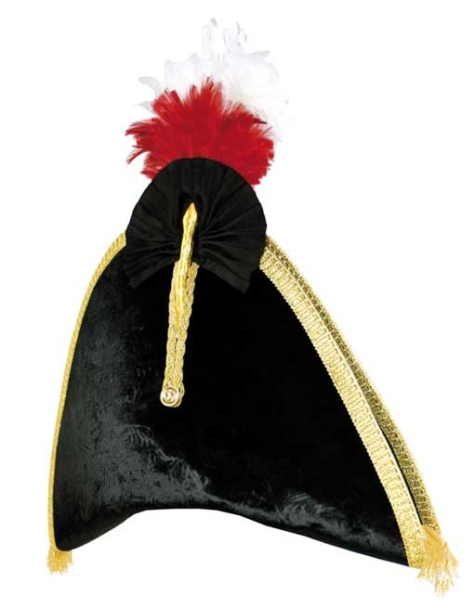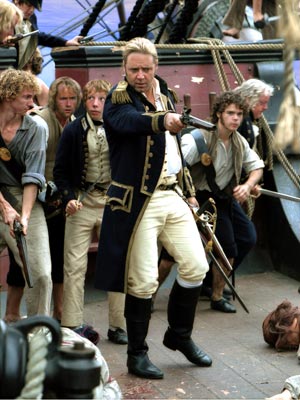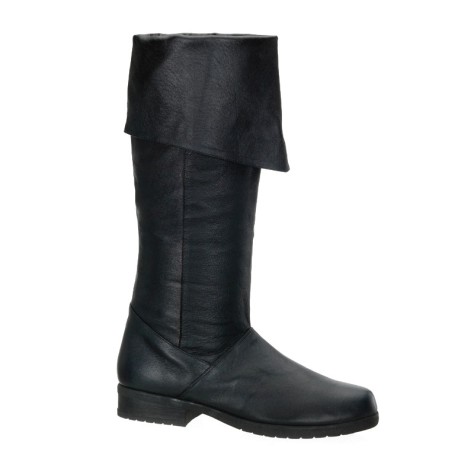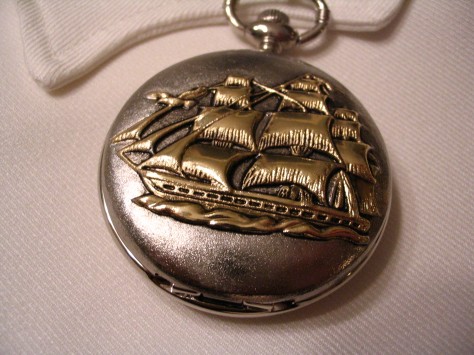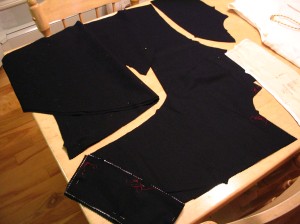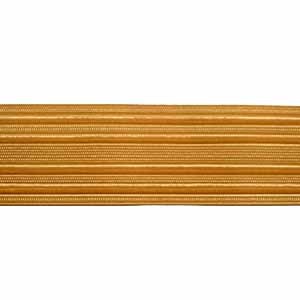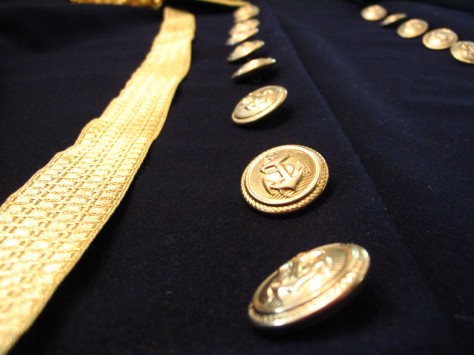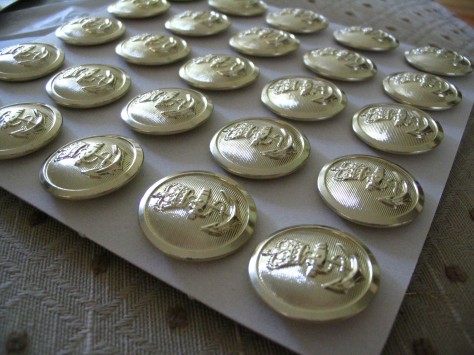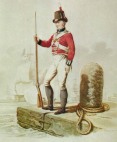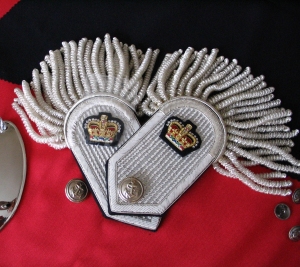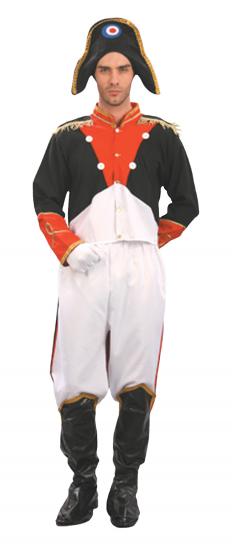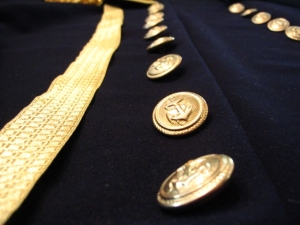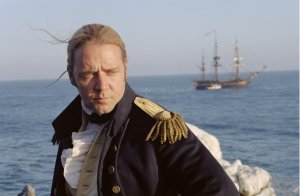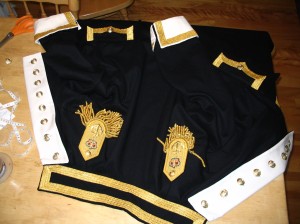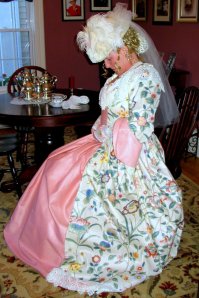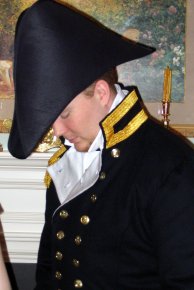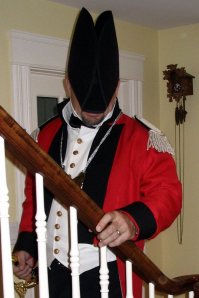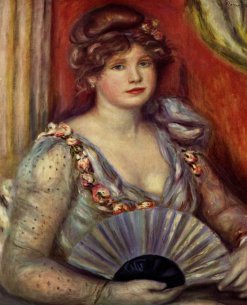First off, Merry Christmas! We here at Man the Capstan hope everyone is having a warm, healthy and happy holiday. Here at Admiralty House, the entire crew assembled to celebrate the holiday season. Shara and Tim arrived sometime Christmas Eve day, and having gotten off of work at around noon, I was able to spend two days eating, drinking, and generally having a good time with them and our parents. An ideal Christmas!
It has been two months since our last Capstan update, and that is terribly unfortunate. Sometimes life moves pretty quick out here, and as this is an extracurricular hobby, it often takes second place to the more important stuff—like work, school, family, etcetera! As for myself, school has been absolutely hectic. Being in my fourth year of a history degree, I’ve existed within a textbook for the better part of the semester (the other part was in class!) Working part-time just serves to exacerbate everything. I imagine that with a second semester already beginning to rear its ugly head, the chaos will most certainly resume.
All in all, however, the Capstan crew have been busy, especially Shara and Tim. It is no secret that they are expecting a child soon (her due date is very very close), and a great deal of free time has been spent preparing for that special event.
In spite of all this, however, the Capstan project remains on course and proceeds undeterred!
With 95% of all the uniforms complete, the only remaining task is the outfitting of each reproduction with the small, yet incredibly significant accessories; items like sword belts, weapons, pistols, parasols, footwear, sashes, crossbelts, leather goods, and so on and so forth. By virtue of their peculiarity, these items can sometimes be quite costly. While certainly not necessary to the completion of the project, they do tend to add a degree of quality, beauty and authenticity. For this reason we continue to look for additional items to add to the costumes.
And what better time than Christmas? Christmas Day unveiled an assortment of accessories to be used by members of the crew, which has had the effect of generating a great deal of enthusiasm for the project.
Our Royal Marine, Steve, received a number of very important items for his uniform. Perhaps the most poignant was the sword—forged overseas, and bearing a practical, yet elegant appearance, the blade sits in a real metal scabbard with welded hanging rings. The grip is bound in black leather and what seems to be a brass cord. The actual hilt itself is solid brass. Gifted along with the blade were two black leather hangers, that can be affixed to any belt and worn at the side in the proper fashion. The Marine also received the symbolic sash of an officer—a ten-foot length of maroon silk that ties around and off at the hip, accompanied with two tassels to finish off the addition. Many officers in the Marines (and quite a few other services, such as the infantry and artillery) wore these sashes as an indicator of rank and station. To accent such an accessory, the Marine also received a replica English pistol (the blunderbuss variety), stamped 1760. The pistol was manufactured in Spain, and has the weight, appearance and feel of the real thing. Like any good British officer, the pistol looks excellent tucked into the maroon sash—at the ready, just in case.
Tim, one of our naval officers, also received a few items for his uniform. Like Steve, he received a sword, hangers and a pistol. The sword, however, is markedly different. Though the same in length and shape, Tim’s sword is adorned with a different grip. The hilt itself, still solid brass, features a wood grip (which looks quite classy with the brass). The hilt also has a more elaborate brass guard, giving it a unique character when compared to Steve’s sword (which has a standard brass guard). Tim also received a pistol, though quite different from Steve’s. Stamped 1780, the replica is intended to illustrate a more modern device than the blunderbuss variety, featuring a more complicated flintlock mechanism, and a smoother, narrower and longer barrel. It’s larger and heavier than the Marine’s blunderbuss, which suits the naval uniform quite well.
The first naval uniform created—the one I have the pleasure of wearing—received a few extras as well. Just like Tim, I received an English pistol (in fact, it’s identical to Tim’s, as they were part of a duelling set). The pistol is fortunate enough to tuck into a brand new sword belt, an item I’ve been trying to find and purchase for many months! The belt is of an incredible quality. Featuring a gold-plated brass buckle and fittings, black buff leather (handstitched), this item is absolutely stunning. The belt itself is regulation, seeing current and past use in the contemporary Royal Navy. The belt was purchased from a company in Saddleworth, England, called Military Matters. If you are ever in need of a belt, and you can find one there, do not hesitate—you will not be disappointed.
The first Man the Capstan! Exhibit Insight features the belt, in stunning 720p resolution. It may take a moment to load on a slow connection, in which case you may wish to navigate to the video (by clicking on the embedded player), and watch the normal quality version.
The ladies also received a welcome gift! Johanna stumbled upon a pair of pistols online that would be perfect for the ladies here at Man the Capstan. Significantly smaller than the aforementioned English pistols, these smaller flintlock firearms feature a replica ivory, engraved grip and a shortened barrel (all the more convenient to stow-away for emergency purposes!) These items were a real hit, and will be fun to add along as the crew heads out in costume.
Excitement is growing as more work is done on the reproductions. There are still some items that are needed, including about ten metres of gold lace that is still on backorder. There is no question, however, that the uniforms and gowns are wearable and presentable. Tall Ships 2009 looms ahead, though I am sure we will find an excuse far sooner than that to head on out again!
For more videos of Man the Capstan, be sure to head on over to our new YouTube Channel (subscribe!)—you’ll find an assortment of videos, with more on the way!

